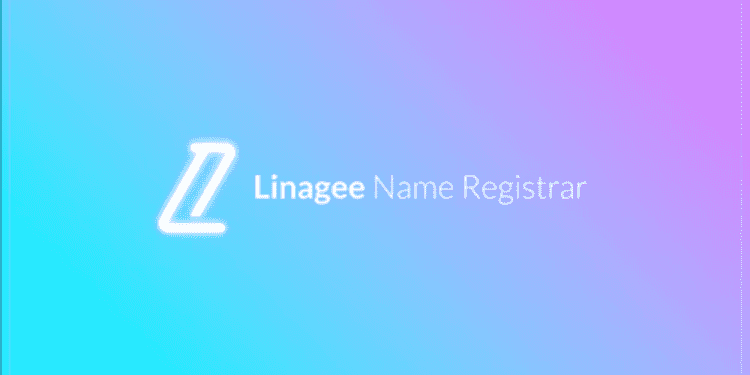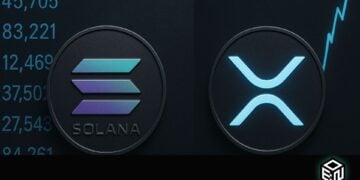When asked about the name “Linagee,” what comes to mind isn’t what anyone might expect it to be. The shocking fact about “Linagee Name Registrar” is the history and the mystery of the creator behind such a name. Exactly a week after the launch of Ethereum (ETH) on July 30, 2015, an NFT contract, which became the first and oldest NFT in existence, was launched on the Ethereum blockchain on August 08, 2015.
As the world revolved around the famous ecosystem, with NFT arts listed and traded by the thousands and millions on the Ethereum ecosystem, the hype and knowledge built around Linagee’s NFT contract was washed away with the sands of time and soon forgotten by the world.
Until recently, NFTs like CryptoKitties, CryptoPunks, Rare Pepes, and more; took the spotlight as the oldest and most historical NFTs in the world. However, NFT archaeologist, Mason Keresty, uncovered an enlightening truth about the NFT, which made him believe that the Linagee Name Registrar may be the first smart contract on Ethereum.
What Is Linagee Name Registrar?
The blockchain world is no stranger to anonymity, beginning with the founder of the world-famous Bitcoin, Satoshi Nakamoto, the name affiliated with the developer of Bitcoin. Although it is no surprise, it is puzzling that no one knows the face behind Linagee, the anonymous creator of the Linagee Name Registrar contract on Ethereum.
Built a week after the launch of Ethereum, Linagee took to Reddit to post about the release of his project, the first Name Registrar on Ethereum. The attributes of Name Registrar are similar to the Ethereum Name Service (ENS), created in late 2021, thereby providing almost the same functions as the famous NFT website and wallet Domain naming.
How Does Linagee Work?
Linagee Name Registrar is a domain name developed for the Ethereum blockchain; it allows NFT enthusiasts to buy and utilize domain names for their wallets. However, there are slight differences between Linagee, Name Registrar, and Ethereum Name Service:
Linagee’s only function is as a domain for Ethereum wallets, while ENS can be used for naming wallets, virtual items, NFTs, and websites.
Users can withhold their names for an unlimited time, unlike ENS, which requests its users to pick a particular time frame.
By using the ” reserve” option, Linagee permits its users to claim their names, and in doing so, the people can create a domain name for their wallet with the “setAddress” key. Although each person can reserve a unique name, each name can only be reserved once, so not more than one person can share the same name with another.
Mason Keresty had been decompiling the contracts in the first 300,000 blocks of Ethereum when he stumbled upon the project that the world had forgotten. He instantly developed a new minting app for Linagee that connects to the initial smart contract. It enables its users to wrap and switch their domain names, further increasing the operability of Linagee’s Registrar structure.
What Makes Linagee Important?
The recent rediscovery of this old NFT has sparked interest in the hearts of NFT enthusiasts and collectors. Like most collectors, the older the antique, the more valuable it is for them.
Since the news has spread, Linagee has been listed on Opensea for those interested in purchasing the utility-centric project, which is nearly as old as the Ethereum ecosystem.
What makes the Linagee NFT contract important; is its history and rarity tied to it, as many have purchased, traded, and owned the rarest of NFTs because of the value placed on their scarcity. Purchasing an NFT isn’t all about buying the most expensive item in a blockchain; instead, the joy comes from owning such a unique token carved into a blockchain, indefinitely referring to that item.
Linagee has since been called out to name their project or donate them to RelicsDAO, an organization that offers knowledge about antiques on a blockchain to educate users from being scammed and being fed misinformation.
Conclusion
Rediscovering the oldest NFT contract on the Ethereum blockchain was not what Mason Keresty had in mind while decompiling the contracts on the blockchain. Raising this fascinating discovery for the public and lovers of NFTs, the creator of Linagee can now get recognition for having built the first and oldest domain naming NFT since the inception of the popular Ethereum itself.














